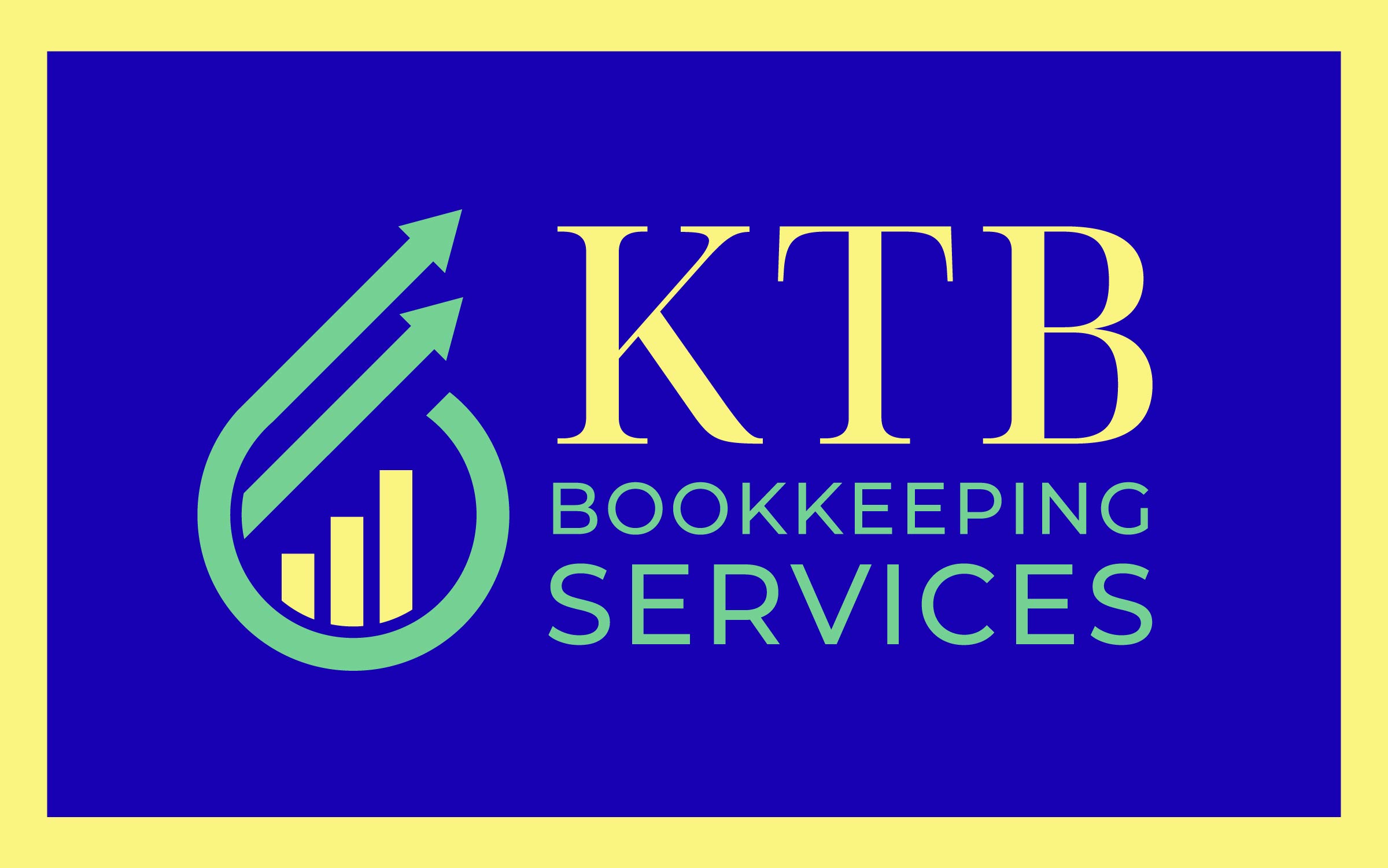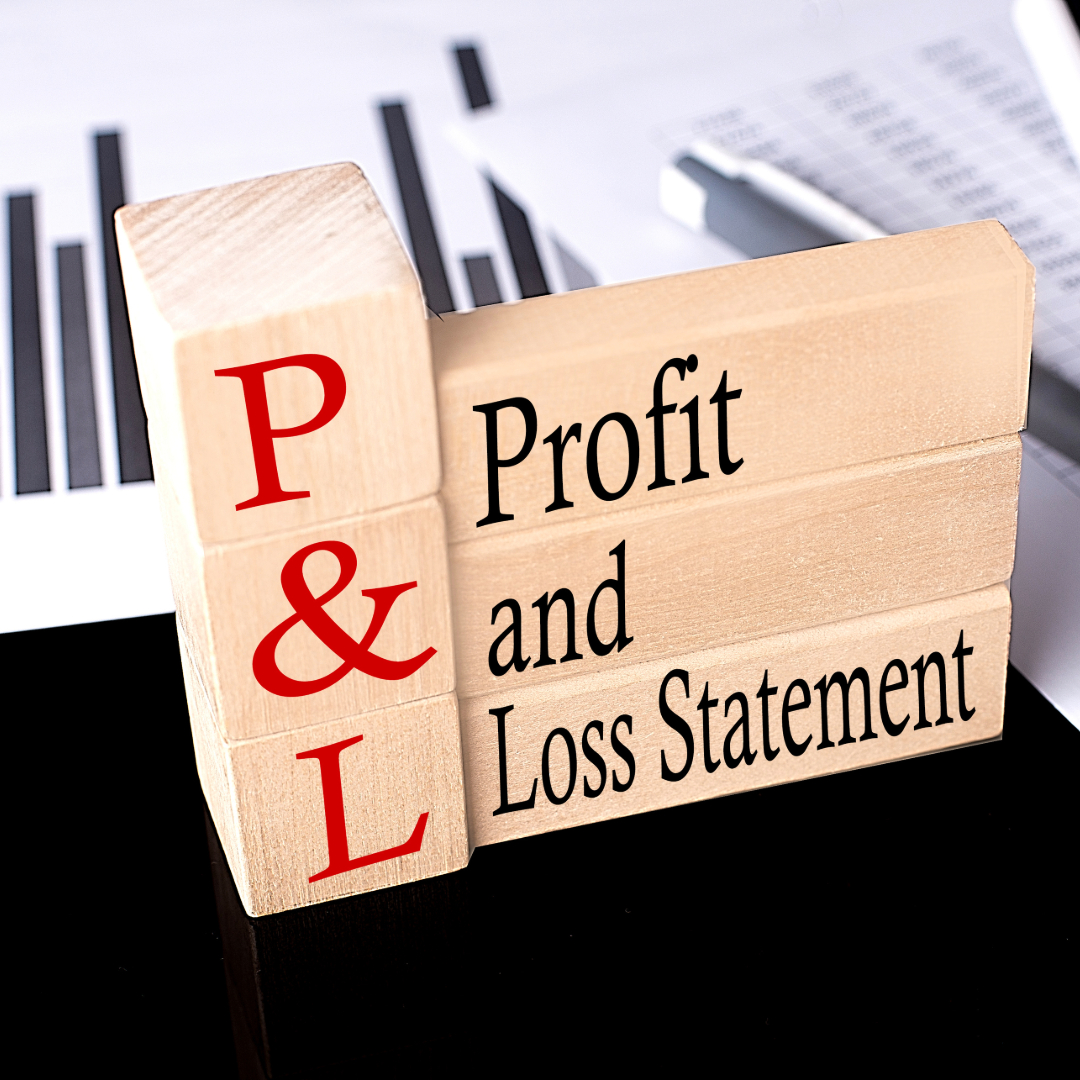As an entrepreneur, understanding your Profit and Loss (P&L) statement is fundamental to running a successful business. This crucial financial document provides insights into your company’s revenue, expenses, and profitability over a specific period, serving as a roadmap for informed decision-making and strategic planning. Here, we’ll guide you through the essentials of mastering your P&L statement and highlight why it’s indispensable for your business’s financial health.
What is a P&L Statement (Profit and Loss) Statement?
A P&L statement, also known as an income statement, summarizes the revenues, costs, and expenses incurred during a particular period, such as a fiscal quarter or year. It helps business owners and stakeholders understand how well the business is performing financially.
Why is Understanding Your P&L Statement Important?
1. Track Performance
Your P&L statement provides a clear snapshot of your business’s financial performance. By regularly reviewing this document, you can gauge whether your company is profitable, identify periods of high and low revenue, and measure the effectiveness of your strategies.
2. Identify Trends
Analyzing your P&L statement helps you spot trends over time. Understanding these patterns enables you to make data-driven decisions and anticipate future financial needs, whether it’s increasing sales, fluctuating costs, or seasonal variations.
3. Manage Expenses
A detailed breakdown of expenses in your P&L statement allows you to pinpoint areas where costs can be reduced. By identifying and eliminating unnecessary expenditures, you can improve your bottom line and increase profitability.
4. Inform Strategic Planning
Your P&L statement is instrumental in setting realistic financial goals and developing strategies to achieve them. It provides a foundation for budgeting, forecasting, and investment planning, ensuring your business remains on a path to growth.
5. Build Investor Confidence
A thorough understanding of your financials builds trust with potential investors and lenders. A well-maintained P&L statement showcases your business as a reliable investment, increasing your chances of securing funding for expansion.
Essential Tips for Mastering Your P&L Statement
1. Regularly Review and Update
Keep your P&L statement up-to-date by recording transactions promptly. Regular reviews, ideally monthly or quarterly, help you stay on top of your financial health and quickly address any emerging issues.
2. Categorize Expenses Accurately
Ensure that all expenses are categorized correctly. Misclassified expenses can distort your financial picture, leading to inaccurate analyses and potentially poor decision-making.
3. Analyze Gross Profit Margin
Your gross profit margin, calculated by subtracting the cost of goods sold (COGS) from total revenue, is a key indicator of your business’s efficiency. Monitoring this metric helps you understand how well you are managing production and operational costs.
4. Monitor Operating Expenses
Keep a close eye on your operating expenses, such as rent, utilities, and salaries. Look for ways to optimize these costs without compromising the quality of your products or services.
5. Seek Professional Guidance
Don’t hesitate to seek professional assistance if you’re unsure about any aspect of your P&L statement. At Keeping the Books NE, we serve as advisors who can provide valuable insights and help you interpret your financial data accurately.
Mastering your P&L statement is vital for any entrepreneur aiming to build a successful business. By understanding and regularly reviewing this essential document, you can track performance, identify trends, manage expenses, inform strategic planning, and build investor confidence. At Keeping the Books, we’re dedicated to helping you make sense of your P&L statement, empowering you to make smarter business decisions and achieve financial success.



